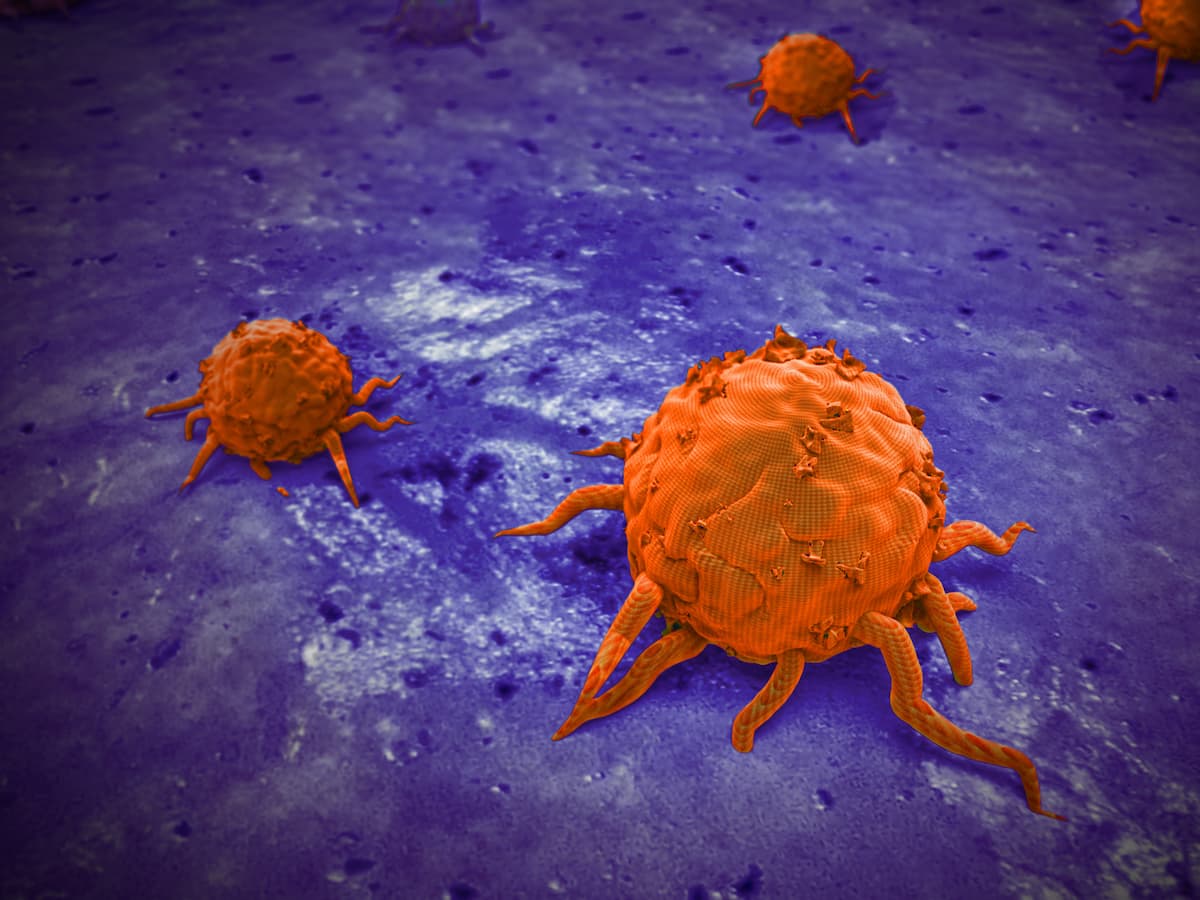AI Model May Define Margins and Help Identify Risk in Prostate Cancer
Investigators of a retrospective study report that an AI deep learning model may also predict negative margin probabilities better than conventional modalities.
"It is clear that current multiparametric MRI contouring protocols, which were developed for diagnosis, are not suitable for targeted treatment. We developed a novel AI-driven approach and platform to address this shortcoming, combining multimodal information—MRI, tracked biopsy, and prostate-specific antigen [PSA]—to produce [cancer estimation maps] and define optimal margins," according to the study authors.

An artificial intelligence (AI) deep learning model was better able to predict focal treatment margins and negative margin probabilities in resected prostate cancer specimens than conventional models, according to findings from a retrospective study published in European Urology Open Science.
The mean sensitivity for cancer-bearing voxels was 96.9% (interquartile range [IQR], 99.5%-100%) using AI-derived margins compared with 37.4% (IQR, 24.4-48.3) using conventional Prostate Imaging Reporting and Data System (PI-RADs) regions of interest (ROI; P <.001), 93.2% (IQR, 98.8%-100%) using 10 mm margins around conventional ROIs (P = .24), and 94.1% (IQR, 93.9%-100%) using hemigland margins (P <.001).
AI-derived margins also yielded a smaller extent of missed clinically-significant prostate cancer, at 1.6 mm vs 3.8 mm with hemigland margins (P <.001). AI produced a negative margin rate of 80% for clinically significant prostate cancer and 90% for index lesions compared with rates of 56% (P = .01) and 66% (P <.001) produced with hemigland margins, respectively.
AI-derived margins were negative for all specimens with negative hemigland margins. Moreover, AI margins were negative in 12 of 22 specimens with positive hemigland margins due to successful coverage of index lesion midline extensions in 10 of 12 cases.
Compared with the application of 10-mm margins to ROI, AI margins had a smaller extent of missed clinically-significant prostate cancer, with means of 1.6 mm vs 3.2 mm, respectively (P <.001). Additionally, AI margins also demonstrated a mean specificity of 51.2% (IQR, 40.0%-65.7%) compared with 63.4% (IQR, 53.1%-76%) with 10-mm margins (P <.001). The negative margin rates for clinically-significant prostate cancer were 80% and 74% with AI-derived and 10-mm margins, respectively (P = .48), and they were 90% vs 82%, respectively, for index lesions (P = .24).
“Precision management of [prostate cancer] has the potential to optimize therapy while preserving quality of life, but targeted treatment first requires accurate tumor localization,” the investigators wrote. “PI-RADS ROI are known to underestimate tumor extent, and in our study, treatment of the original ROI would have resulted in positive margins for every patient.
“It is clear that current multiparametric MRI contouring protocols, which were developed for diagnosis, are not suitable for targeted treatment. We developed a novel AI-driven approach and platform to address this shortcoming, combining multimodal information—MRI, tracked biopsy, and prostate-specific antigen [PSA]—to produce [cancer estimation maps] and define optimal margins.”
Investigators of this retrospective study conducted testing in an independent dataset of 50 consecutive patients with intermediate-risk prostate cancer who underwent radical prostatectomy.
The median patient age was 65.5 years (IQR, 60.0-69.0), and the median prostate volume was 33.4 cc (IQR, 27.0-40.4). The median PSA level was 6.9 ng/ml (IQR, 5.6-9.0) and the median PSA density was 0.198 (ng/ml)/ml (IQR, 0.144-0.278). Most patients (56.3%) had a PI-RADS v2 score of grade 4. Of the 966 biopsy cores assessed, 62.9% had an International Society of Urological Pathology grade of benign; a further 19.4% were grade 1, and 13.1% were grade 2.
Among the limitations to this study identified by investigators was the fact that the assessed population exclusively included recipients of radical prostatectomy and therefore likely had larger and more advanced disease than the average focal therapy patient. Moreover, the study population was drawn from a single institution only, and the AI model was not compared against physician readers.
“This approach could help improve and standardize focal treatment margins, potentially reducing cancer recurrence rates,” the investigators concluded. “Prospective studies are warranted, as AI-enabled cancer mapping shows considerable promise for patient-specific treatment planning and personalized medicine.”
Reference
Priester A, Fan RE, Shubert J, et al. Prediction and mapping of intraprostatic tumor extent with artificial intelligence. Eur Urol Open Sci. 2023;54:20-27. doi:10.1016/j.euros.2023.05.018
Newsletter
Stay up to date on recent advances in the multidisciplinary approach to cancer.
Navigating Treatment Intensification in Metastatic Hormone-Sensitive Prostate Cancer
A patient case of a 50-year-old man with hormone-sensitive prostate cancer sparked a debate among oncologists regarding the best course of action.